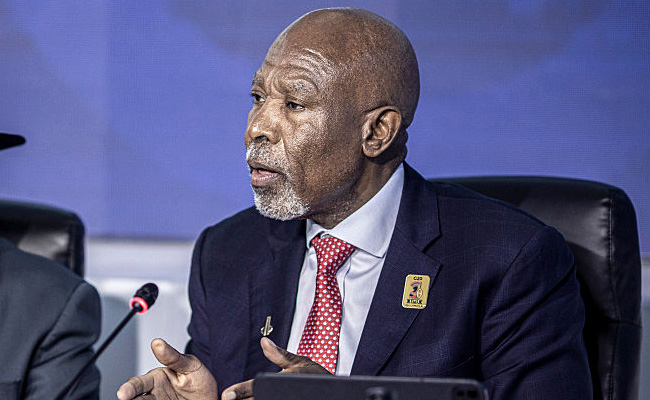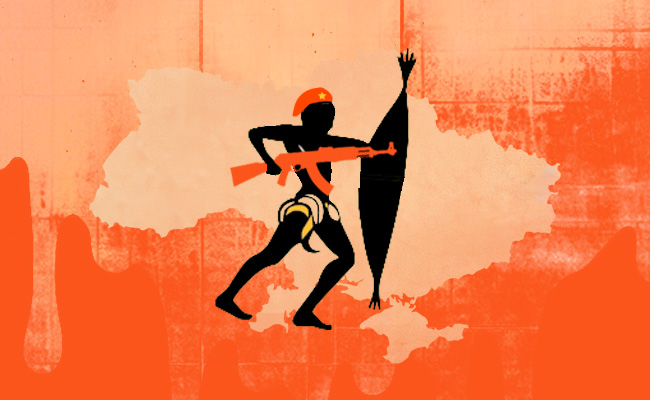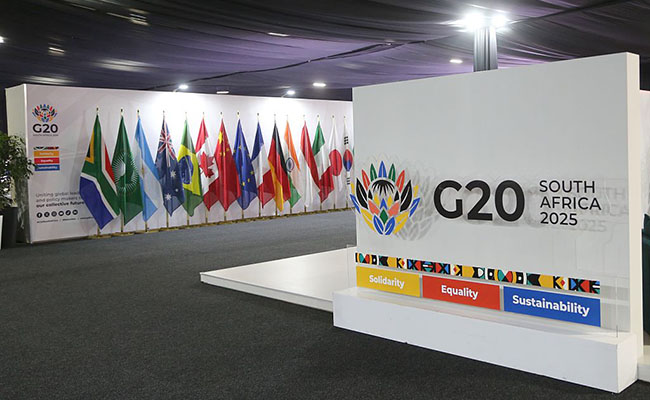Lesetja Kganyago all but made 3% the new inflation target of the South African Reserve Bank (SARB) on Thursday, when he announced that’s what the monetary policy committee (MPC) will be aiming for from now on.
The National Treasury has yet to formally proclaim the policy stance that the SARB is to follow, and by making the move, the governor is making it clear he isn’t waiting for the political process to unfold, says George Glynos, the co-founder and head of research at ETM Analytics.
“He cast it in a way that the politicians are going to find difficult to counter in the sense that he’s still within the 3%-6% target band,” Glynos explains. If it was acceptable for inflation to breach 6%, then 3% may as well “be allowed”, he adds.
In the prepared MPC statement, Kganyago said: “With actual inflation close to 3%, we wanted to highlight the opportunity to achieve permanently lower inflation at minimal cost.” At a 4.5% target, the repo rate would “bottom out” at 7% over the “medium term”, while an objective of 3% could see five more cuts – of 25 basis points (bp) each – he said.
Kganyago and the MPC are “taking bold steps, bold decisions, and learning to navigate the political process that sits in the background until that political process catches up to prudent policy”, says Glynos. Treasury has more than a few incentives to back a 3% target: it can save almost R870bn in interest expenses over a decade, provided it follows the correct borrowing strategy, the SARB said in a paper published at the end of May.
The change in strategy was announced at the same time as a 25-bp reduction in the repo rate to 7%, the lowest level since the end of 2022, bringing the prime rate typically charged by banks to 10.5%. It also came as President Cyril Ramaphosa’s government missed an August 1 deadline to secure a US trade deal and avoid 30% tariffs that the SARB cited as one of the reasons for downgrading its 2025 GDP growth forecast.
While food inflation is increasing due to higher meat prices, fuel prices are decreasing at a slower rate. The SARB’s latest projections under a 3% inflation target indicate that inflation is expected to remain well contained until 2027.
The average inflation forecast for 2025 remains unchanged at 3.3%, and reaching the 3% target in 2027. By comparison, under the previous scenario, based on a 4.5% inflation target, inflation was expected to average 4.2% in 2026 and 4.4% in 2027.
Short-term sacrifices
“There is an opportunity right now,” Kganyago said during the post-MPC briefing. Glynos agrees: “It’s a lot easier to talk about lowering inflation expectations towards 3% and to target 3% when you’re there. It’s a lot more difficult to do it when you’re at 4.5% or 5%.”
There will be short-term sacrifices. GDP growth will drop by 20bp in 2026, having been revised from 1.5% to 1.3%, and then rise by 20bp in 2027, with economic growth revised to 2%.
“Just remember that the longer-term benefit thereafter is in perpetuity,” says Glynos.
A lower-inflation economy would also help protect the value of the rand, while a stronger rand helps ensure price increases remain contained, he adds. The SARB argues it would better shield South Africa’s financial system from external economic shocks, and that high inflation is most detrimental to the poor.
“High inflation is a tax on the economy,” said Chris Loewald, the head of the SARB’s economic research and a member of the MPC, adding that South Africa’s target is higher than its trading partners and emerging-market peers, eroding the economy’s competitiveness by making it more expensive to borrow and keeping interest rates high. “It acts as a retardant to credit growth and investment in the economy all the time when it’s higher than it needs to be.”
Treasury may also be willing to back the 3% target because it plans to potentially raise more foreign debt – which it would only do if it were “more convinced that the rand is not going to be blowing out any time soon”, Glynos says, and that it will be implementing fiscal reforms that would ease the “risk assessment of South Africa”.
The only obstacle facing Treasury – and therefore finance minister Enoch Godongwana – at a political level is getting a 3% target past labour unions, which will have to convince their members to settle for wage increases no longer hovering at 6% or 7%, he notes.
“Their members might not understand that, well, inflation is much lower, therefore you can only ask for much less,” Glynos says. “But they’re going to have to come to terms with the fact that lower inflation taxes the household less, and that lower interest rates help generate more credit demand and generate economic growth. And both those things are in the unemployed people’s favour, because hopefully there’s some growth there that gets them employed.”
‘Permanently low inflation’
Not everyone is convinced, though. Kim Silberman, a macroeconomist and fixed-income strategist at Matrix Fund Managers, questions the SARB’s projections that inflation will drop purely because of the new target, given that there have “been no announced changes to the inflation model assumptions”.
“We think it will be difficult for the SARB to cut rates by an additional 120bp and simultaneously generate rand appreciation – which is what their model supposes, especially in a world where the Fed is likely to keep rates on hold for longer,” she wrote in a note after the MPC’s announcement.
Silberman pointed out that the SARB was careful to avoid stating that South Africa now has a point target of 3%, preferring to articulate that, as of September, there will be a change in focus from 4.5% to 3%, within the existing band.
The SARB’s statement said the “MPC now prefers inflation to settle at 3%. In line with this, we have decided to aim for the bottom of our inflation target range,” it said, adding that it will continue working with Treasury to complete reforms around the target and achieve “permanently low inflation”.
For now, a politically astute Kganyago, who served as director-general of the Treasury from 2004 until 2011, unambiguously stated his position – something that his counterpart Jerome Powell at the Federal Reserve is increasingly struggling to do with Donald Trump in office. What lies ahead will not test the SARB’s resolve, but rather the country’s ability to unify behind a lower-inflation future.
Top image: Reserve Bank governor Lesetja Kganyago. Picture: Per-Anders Pettersson/Getty Images.
Sign up to Currency’s weekly newsletters to receive your own bulletin of weekday news and weekend treats. Register here.












